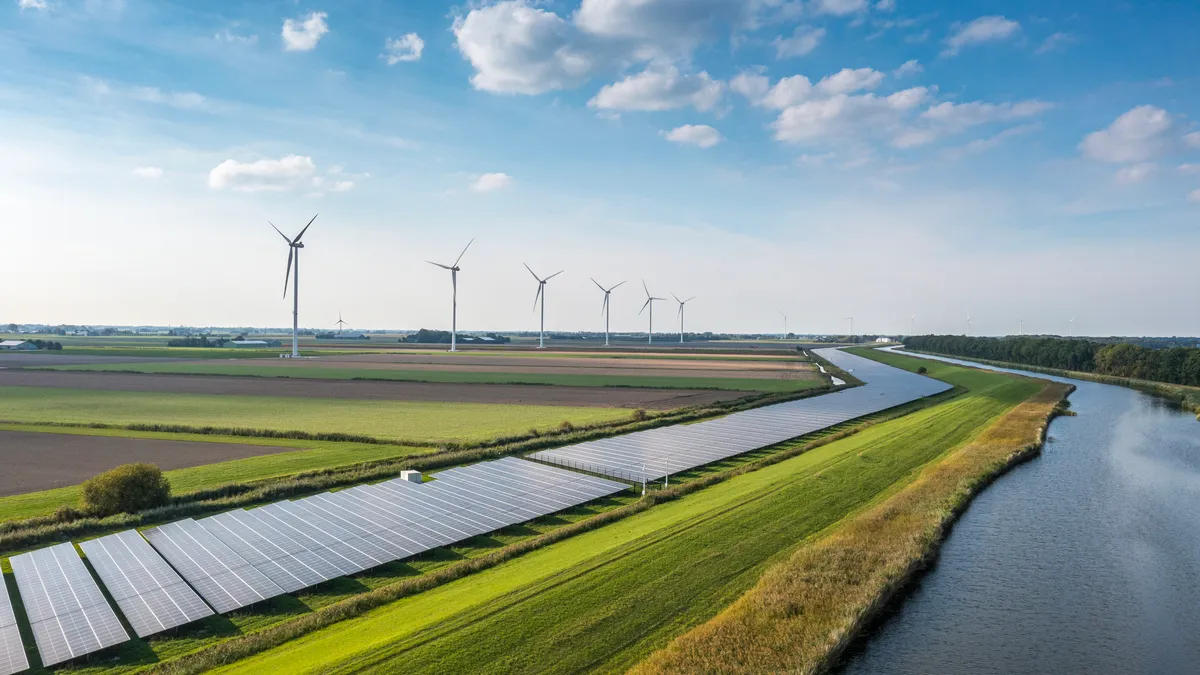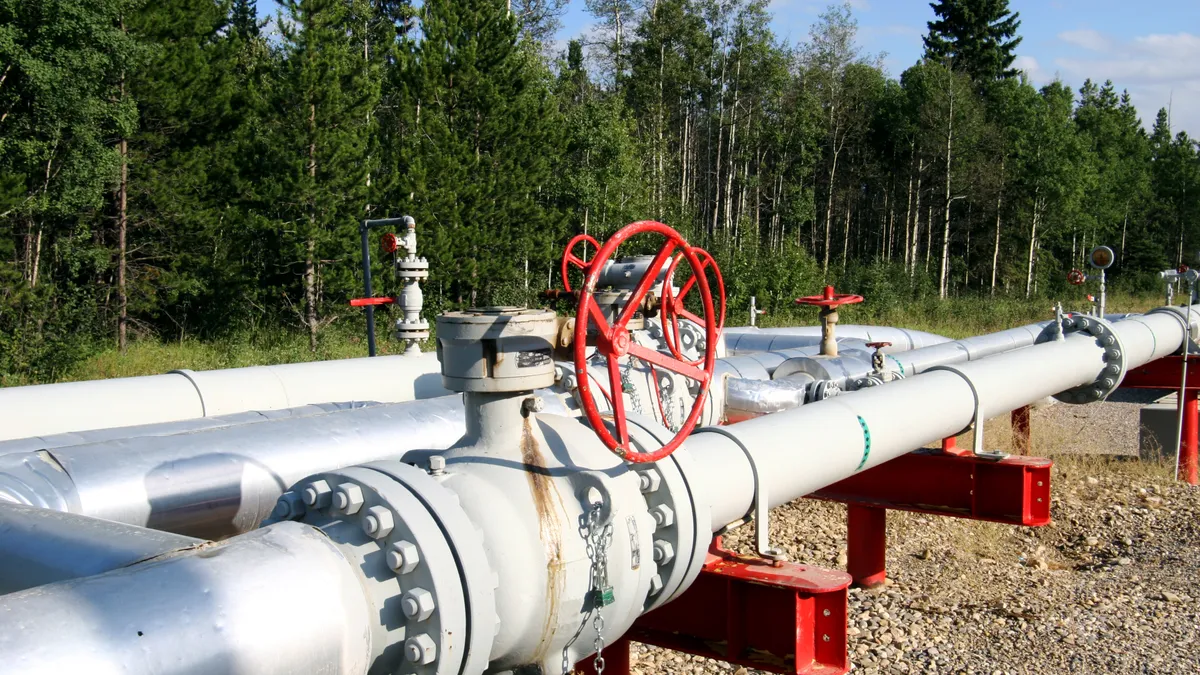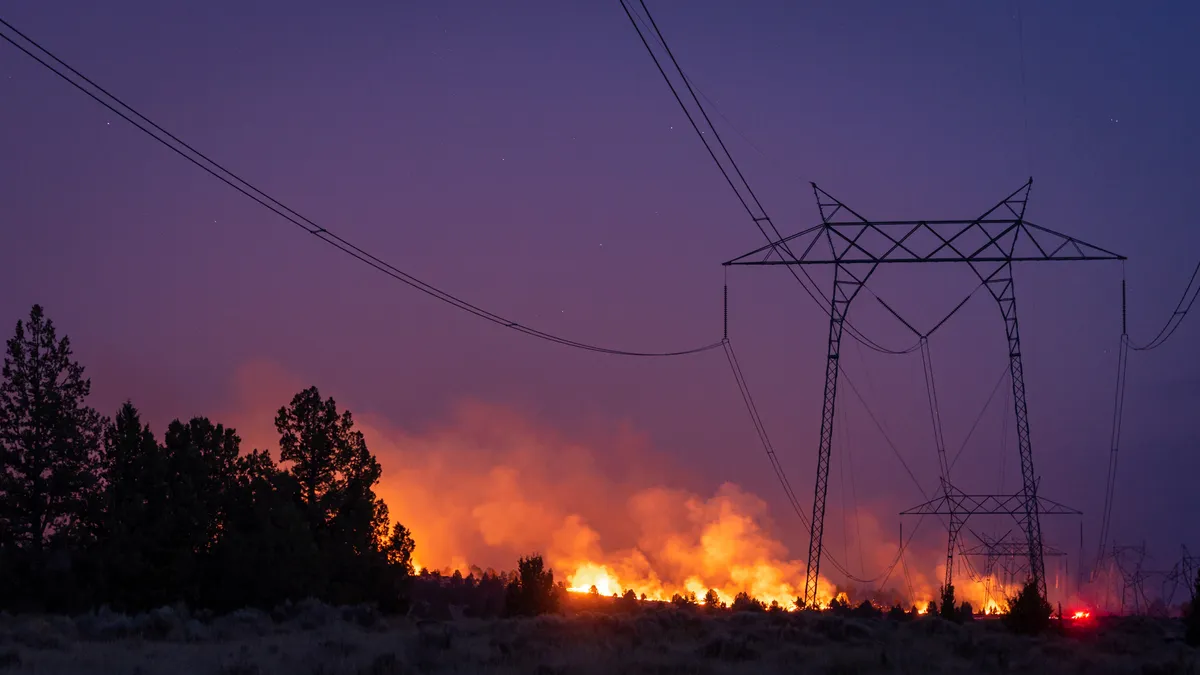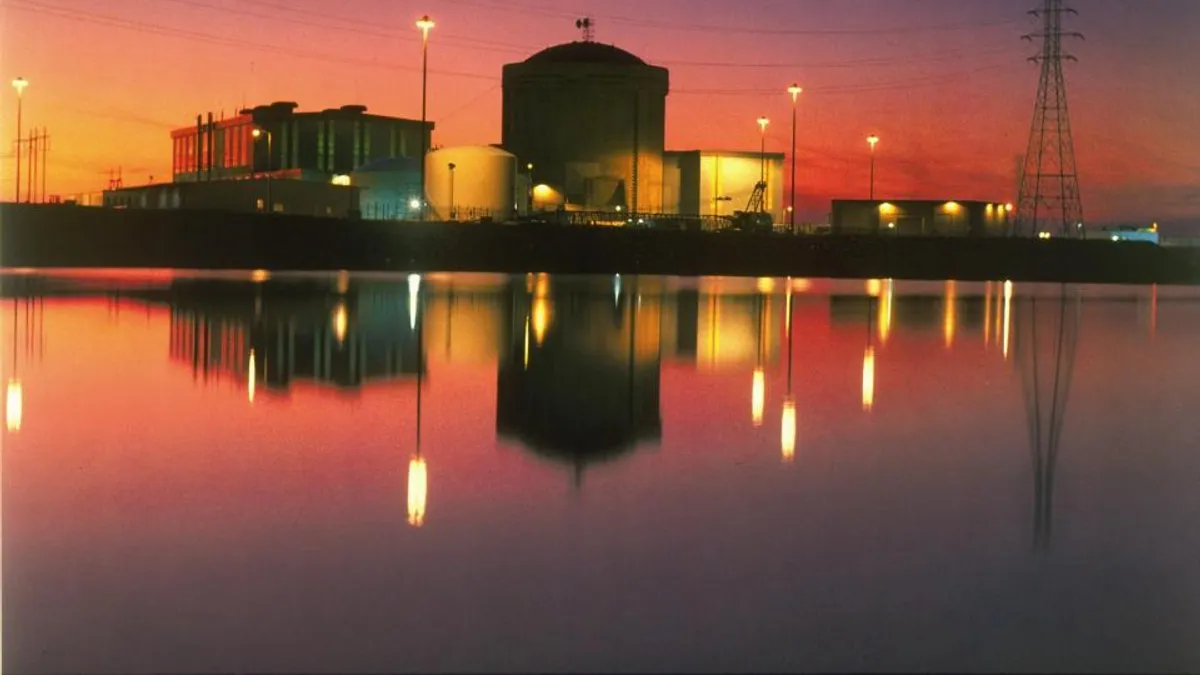Hilary Preston, vice chair at Vinson & Elkins LLP, practices in the firm’s Intellectual Property group. Eric Klein, partner at Vinson & Elkins LLP, serves as the firm’s head of Intellectual Property and Technology Litigation.
Recent investment in clean-energy technologies has been nothing short of extraordinary. Fueled in part by generous government incentives designed to accelerate the transition to a lower-carbon economy, clean-energy projects around the world are set to draw more than $2 trillion in 2024 — 61% more than just five years before.
If the energy transition is to succeed, it will be largely on the strength of these technologies. And companies bold and innovative enough to develop them, especially companies whose projects produce a breakthrough solution, stand to become energy-transition leaders for decades to come.
Yet pursuing this opportunity is not without risks, and among the most perilous is one that many companies overlook: failing to protect the intellectual property they spent so much time, effort and money to create.
As policymakers ramp up their efforts to steer the world toward renewable energy sources, applications for patents supporting that transition will likely continue to rise. To stay ahead of their competitors, innovators must construct and implement a sound patent strategy — before it’s too late.
Identifying existing patents
No two energy-transition patent strategies will be identical, but following some key principles is essential. The first is for companies to understand whether any element of the technology they plan to develop and market could invite legal liability from third parties. This complex analysis involves conducting thorough searches to identify any relevant patents or pending patent applications before committing major resources to a renewable-energy project.
Identifying existing patents early in the innovation process provides numerous important benefits. It helps companies evaluate the viability of their project, and affords them greater leverage to negotiate potential licenses, agreements and business collaborations.
It also can reveal engineering or design changes that could help companies avoid patent infringement, and offer insight on how to defend a patent challenge, should a competitor seek to enforce an invalid patent or to claim infringement where it does not exist.
All of these benefits go a long way toward reducing uncertainty and costs — both key barriers to getting renewable-energy projects off the ground.
Building patent portfolios
A second principle is to build a robust portfolio of intellectual property using all available incentives. This entails moving swiftly to get innovations in front of the U.S. Patent and Trademark Office, which is accelerating its review of climate change–related applications.
Beyond timely filing for their own innovations, companies will want to look into strategic opportunities to acquire patents and licenses to strengthen their position in the growing renewable-energy market. A thoughtful acquisition strategy with a long-term vision should be part of every company’s plans.
Companies that hold patents for renewable-energy technologies, and the investors who back them, stand to reap substantial rewards, especially as climate-related regulatory mandates and standards incentivizing their use continue to come into effect.
Enforcing patent portfolios
Finally, innovators must be ready to enforce their patent portfolios, whether through licensing or litigation, to ensure that no competitor can benefit unfairly from their initiative and ingenuity.
Yes, bringing patent litigation requires substantial time and money. But failing to enforce patent rights — and allowing companies to piggyback off others’ long-term investments in research and development — is even more costly.
Not only does it result in lost opportunities and create market inefficiencies and inequities, it encourages companies to use what others have developed without fear of consequence — and essentially wastes the R&D money spent in the first place.
By contrast, the threat of patent enforcement compels competitors to take more caution in adopting others’ renewable-energy solutions — and to be more creative in developing their own. Indeed, companies found to have infringed a valid patent could be enjoined from their activities or ordered to pay major damages — risks too great for many companies to bear.
A complex endeavor
The risk here is far from theoretical. In recent years, litigants have alleged infringement of renewable-energy IP against companies across market caps in a wide range of industries — from solar cells to wind turbines to green metals, just to list a few. Expect lawsuits like these to continue to proliferate.
Given the energy transition’s broad scope and rapid evolution, constructing a sound patent strategy is a complex endeavor, and implementing one even more so. Innovators in this space would thus be wise to become well-versed in both renewable-energy technologies and the policy initiatives driving investment in them.
As the energy transition moves forward, even more capital will flow into technology that promises to deliver lower-carbon energy. It’s a golden opportunity for energy-transition innovators, and protecting their patent rights will be critical to seizing it.






















